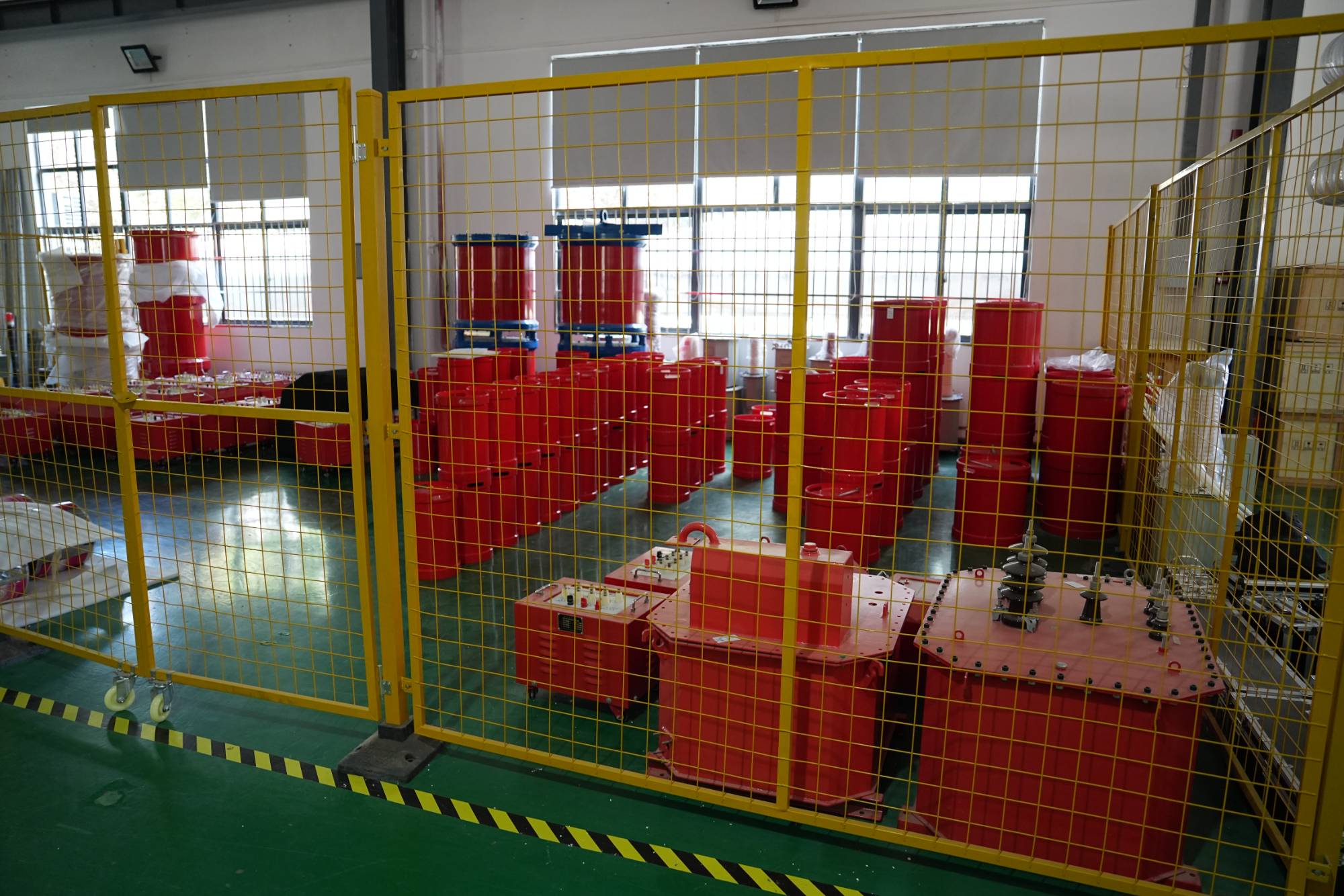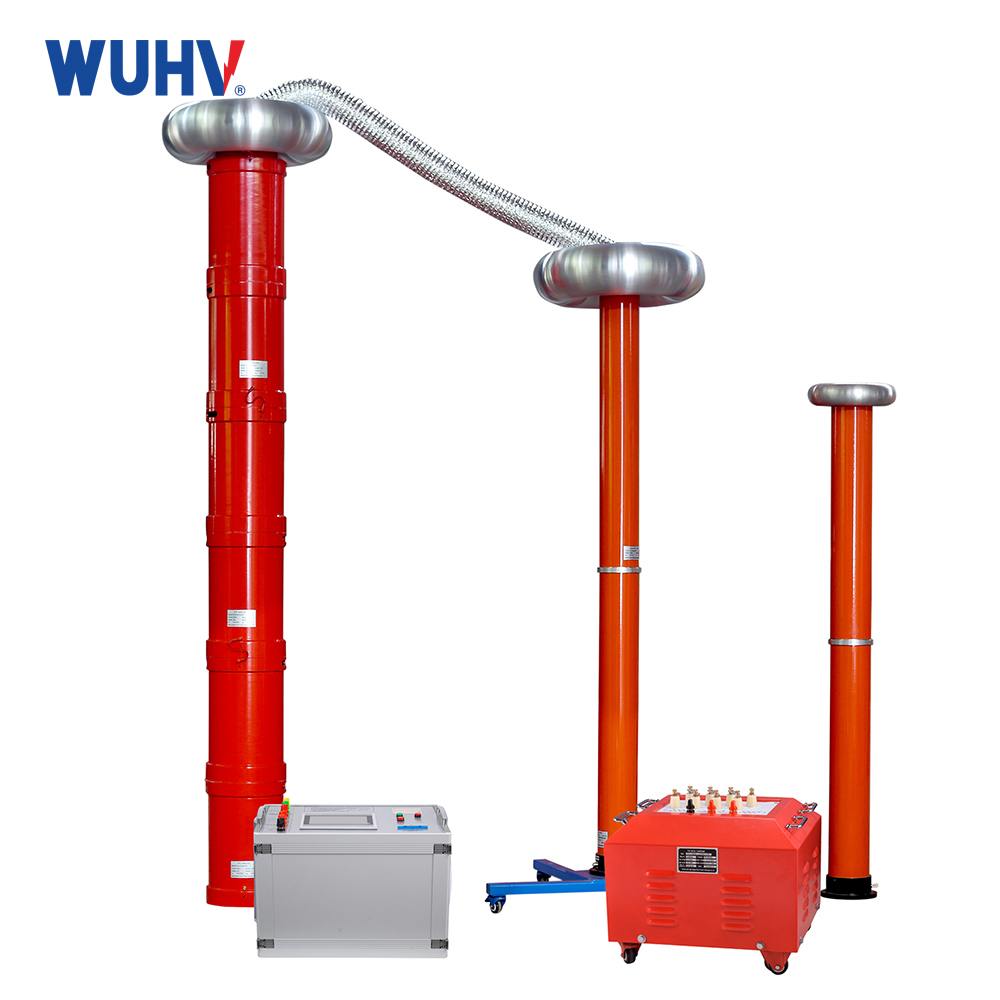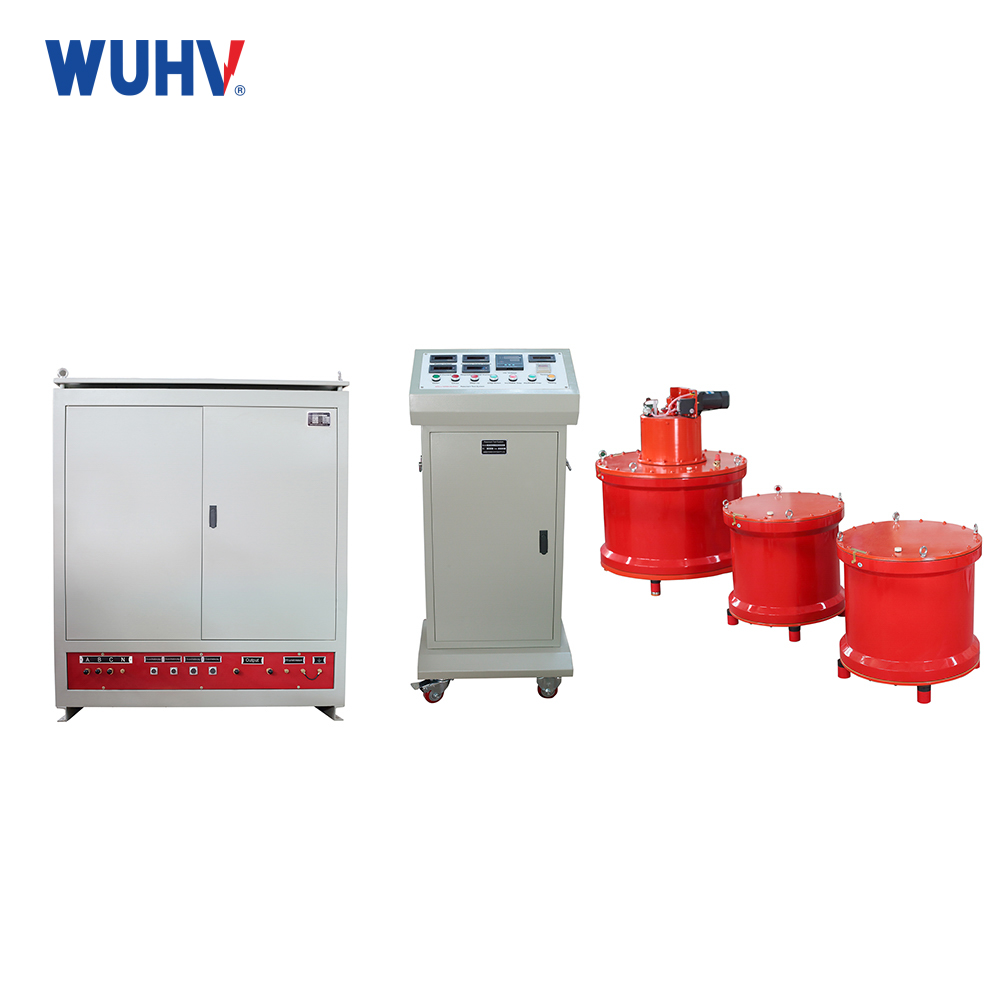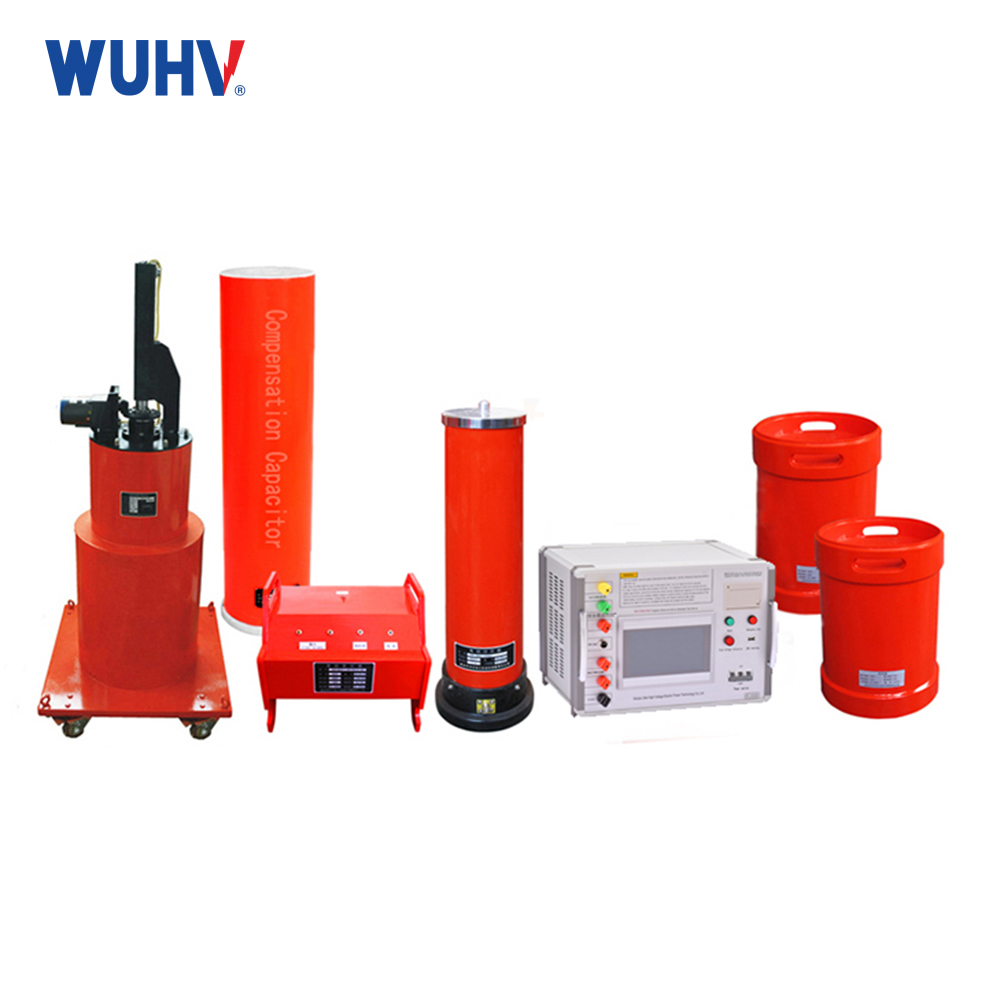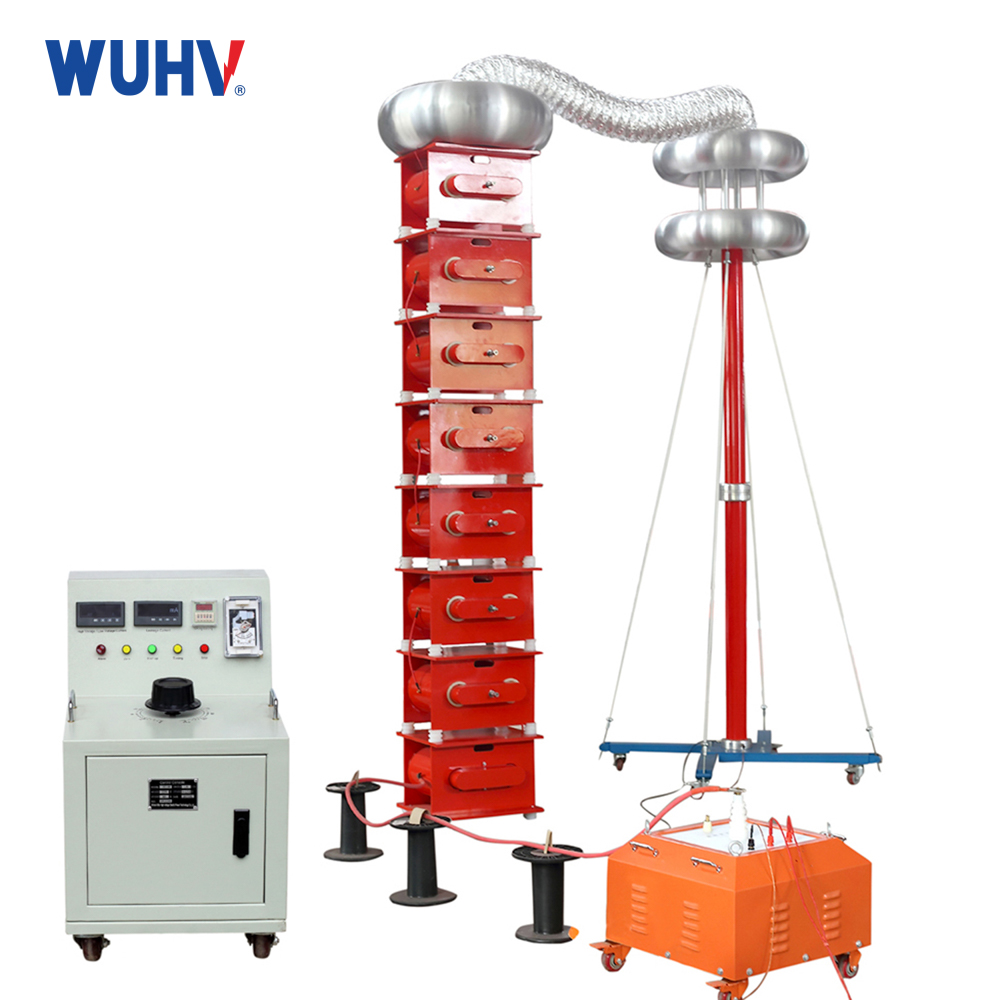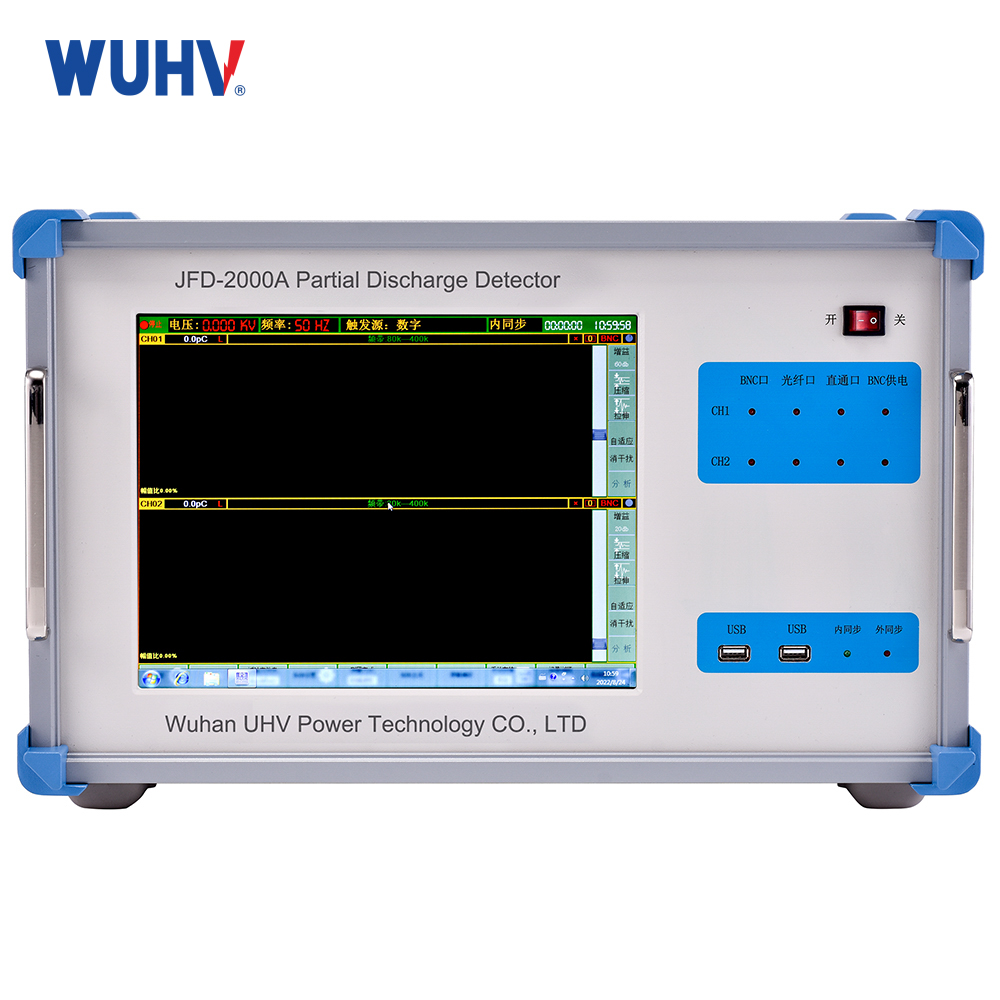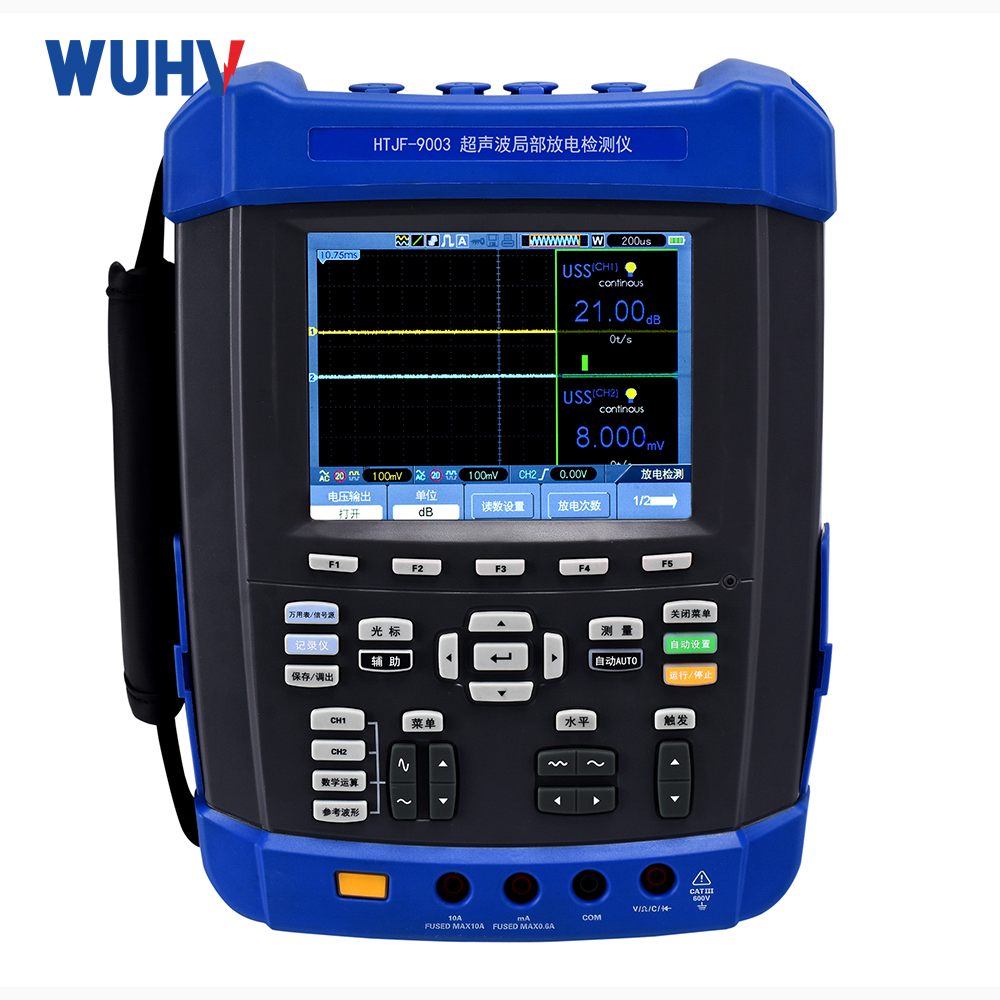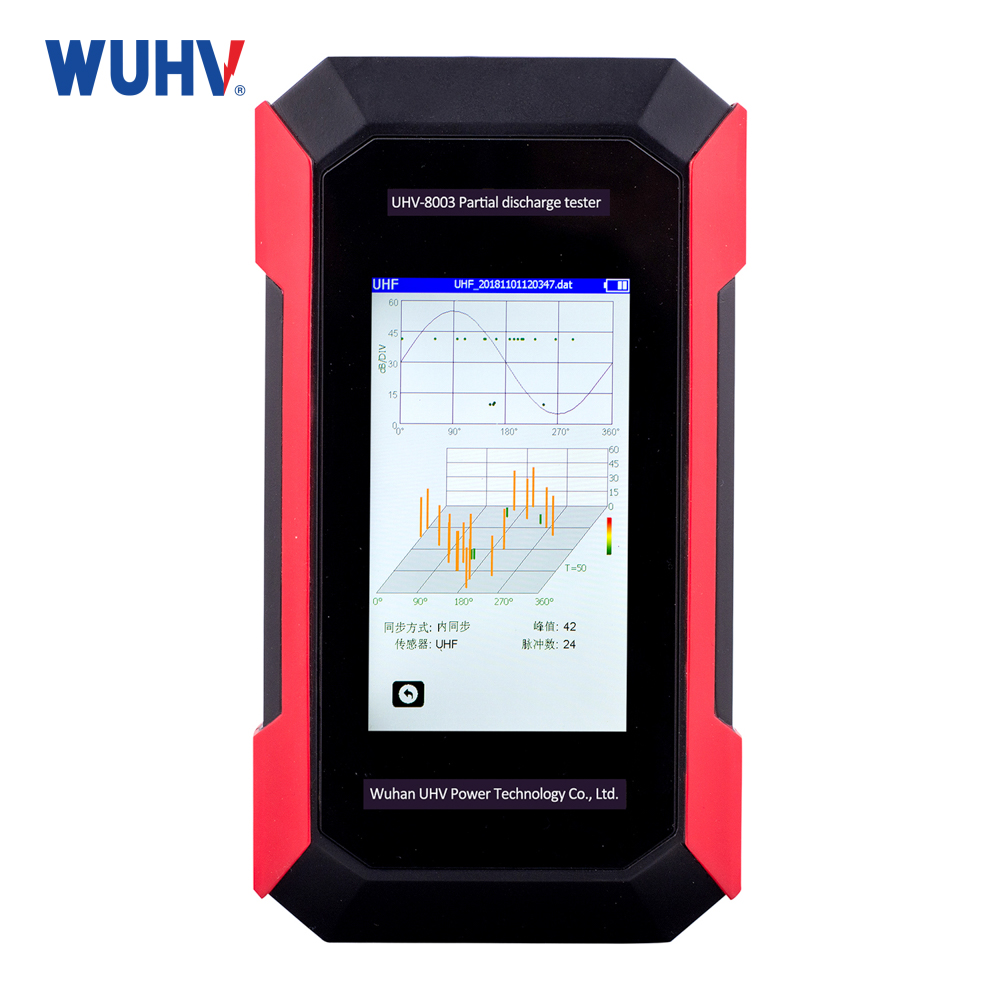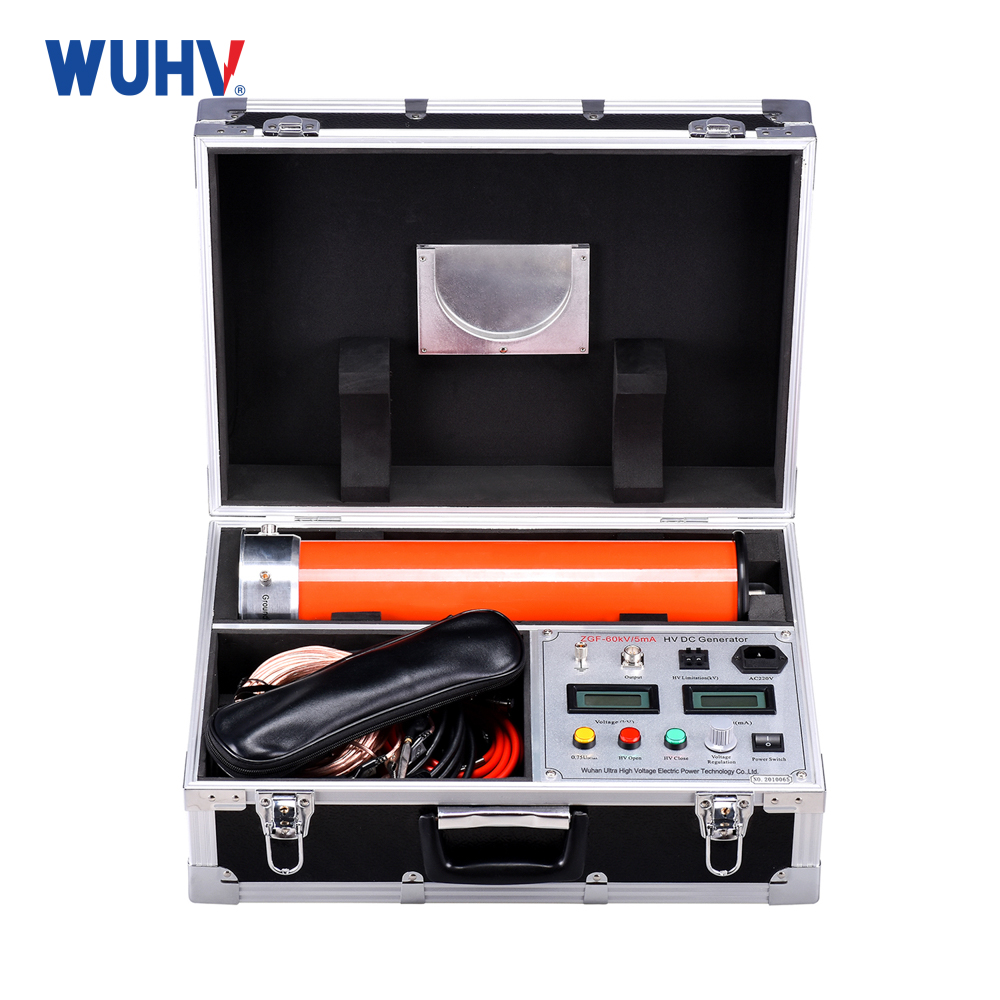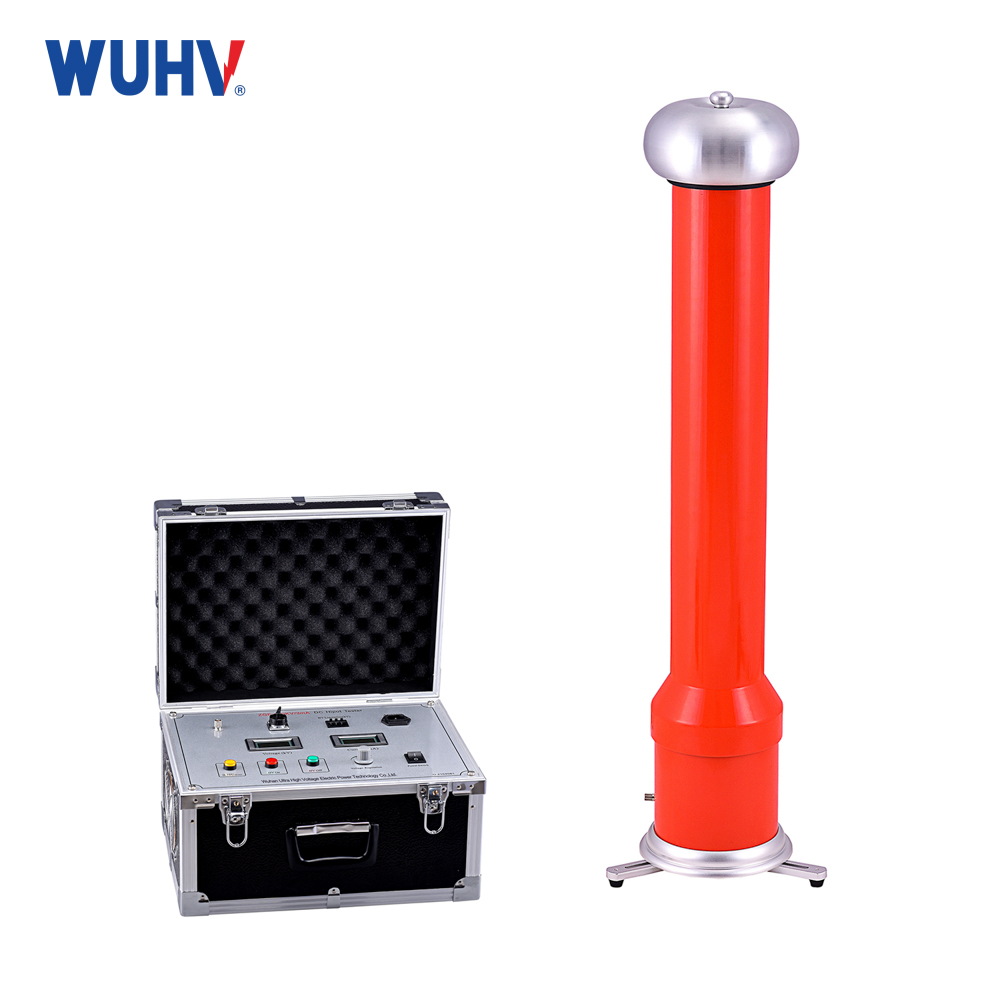Variable frequency series resonanceadopts various protection measures, making the test convenient, safe, and reliable. The inherent filtering effect of the resonance circuit ensures that the test voltage waveform output by the system fully meets the requirements of the testing program. However, there are often some uncertain factors in the results ofseries resonancetests. So, what are these factors?
1) The impact of high-voltage leads
When conducting AC withstand voltage tests on a single electrical equipment, due to the small capacitance of the test product, the impact of high-voltage wires on the test is minimal. When conducting AC withstand voltage tests on outdoor distribution equipment as a whole, the installation height of the equipment increases with the increase of voltage level. The higher the voltage, the longer the high-voltage lead. Generally, the longer the high-voltage lead, the higher the corona loss and the equivalent resistance of the circuit. The stray capacitance formed by stray capacitance is connected in parallel with the measured capacitance, reducing the resonant frequency of the circuit and lowering the q-value. At the same time, the interference of the surrounding electromagnetic field increases, resulting in a decrease in the q-value. Therefore, when conducting AC withstand voltage tests on high-voltage electrical equipment, corrugated tube high-voltage leads should be used as much as possible.
2) The impact of weather
Under high humidity conditions, the corona loss of the lead wire greatly increases, and the interference of the surrounding electromagnetic field increases, resulting in a decrease in the q value. When the temperature of the circuit is high, the equivalent resistance of the circuit increases significantly, thereby reducing the Q value.
3) The impact of experimental time
As the test time prolongs, the equipment is heated, the equivalent resistance increases, and the q value also shows a downward trend. This phenomenon is very significant on hot days, and the equipment usually needs 30 minutes of rest before it can continue to be used.
4) The impact of reactors
The general requirement for a reactor is a lossless power consumption reactor. If the process is not good, the losses are often significant. In addition, when the reactor is placed on metal parts such as iron plates, eddy current losses will occur, and the equivalent resistance will increase.
5) The influence of frequency not selecting resonance point on Q value in high voltage testing
In practical applications, it has been found that when the voltage rises close to the series resonance test voltage, the voltage rises too quickly and is accompanied by significant voltage fluctuations, which can even cause voltage protection actions and require retesting, which is not conducive to equipment safety. However, if the voltage protection value is too large, it cannot protect the tested equipment from overvoltage effects. Therefore, the resonance frequency is generally reduced to 2% of the test voltage, and then the frequency is adjusted slightly smaller under the condition of not exceeding 40% of the test voltage to avoid the above phenomenon.
In summary, in addition to relying on the good performance of the reactor, it is also necessary to adopt various good voltage sharing measures, reasonable conductor selection, reasonable layout of the test field, reasonable time arrangement, etc., to increase the Q value as much as possible, and take measures such as heat dissipation to reduce the impact of heating on the Q value.


